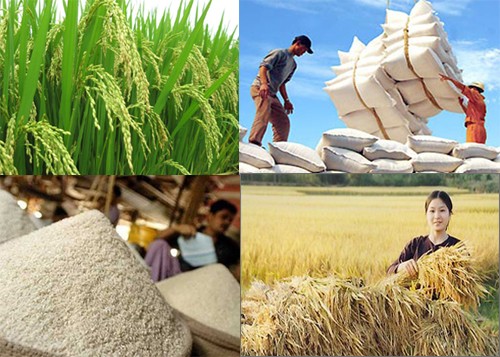(VOVWORLD) - Vietnam’s rice exports increased sharply in the first half of this year, in both traditional and new markets. Improving the quality and productivity of Vietnamese rice is part of the National Product Development Program to 2030, which aims to promote connectivity and increase the value of Vietnamese products.
 Vietnam promotes connectivity and the value of its products Vietnam promotes connectivity and the value of its products |
Amid the fluctuations of the world market, changes in consumer tastes, and climate change, Vietnam has focused on improving rice quality, expanding export markets, and building a sustainable rice brand in the international market. With wide rice varieties, Vietnam can export rice to many countries.
The Mekong Delta has many advantages for producing indigenous rice varieties and hybrid varieties with high yield and good quality. Traditional markets of Vietnamese rice include China, the Philippines, and Africa and its new markets are South Korea, Taiwan (China), and EU countries where strict technical and quality criteria are enforced.
In the first half of this year, Vietnam exported nearly 4.3 million tons of rice, up 22% from the same period last year and earned 2.3 billion USD, up nearly 35%. Rice is among Vietnam’s top 3 agricultural exports.
Huynh Van Thon, Chairman of the Board of Directors of Loc Troi Group, one of Vietnam's major rice exporters, said: "We have our own growing area, growing area codes, traceability, and our own varieties. We also use internationally recognized farming practices. These ensure that Vietnamese rice is safe. As a result, consumers feel secure when buying our rice."
Vietnamese rice has been exported to more than 150 countries and territories, but the market is not diversified. In the near future, the Trade Promotion Department of the Ministry of Industry and Trade and relevant ministries and sectors will strengthen trade connectivity, effectively exploit the free trade agreements Vietnam has signed, diversify export markets, and connect suppliers with importers and distributors.
Vietnam will also organize more trade promotion activities and connect domestic rice enterprises and overseas Vietnamese Trade Offices to expand export markets while farmers, rice producers, traders, and exporters are urged to increase links to form a closed production chain.